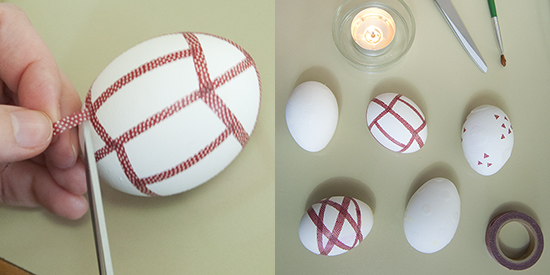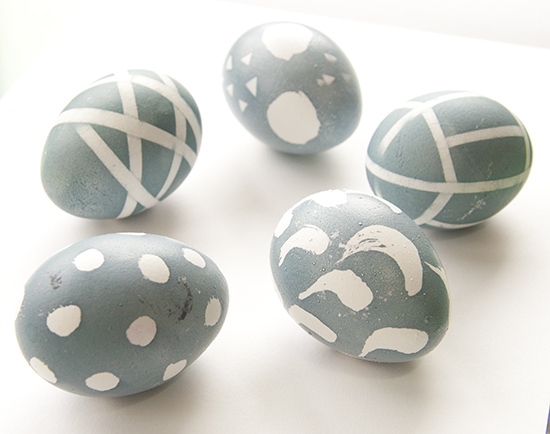 Widelands
Widelands - a strategy game where you build up your civilization and defend it from your enemies. The best defense may well be striking first. Widelands is an open source game, and is said to be similar to Settlers II. The game is still evolving, but is already very enjoyable.
The game contains a complex economy, with different types of goods and buildings that produce goods or process goods from one form to another. In fact, building and then maintaining a working economy is the main part of the gameplay. There is also fighting with your neighbors, of course, but the battles take place with a minimal input. The only real choice is what to attack, and when to do it.

Each warrior needs an axe. Axes are made in an axe factory using iron and coal. Iron is made by combining coal and iron ore in a smelter, these two resources one gets by constructing a mine at a suitable mountain site. However, the miners work only when they are well fed, which requires bread, meat, or fish, prepared into meals in a tavern. Every item produced is transported along roads between the buildings, so having an efficient road network in necessary for a productive economy. When the flow of wares becomes too much for the carriers, one can breed oxen for use as pack animals.
I like building my empire more than I like fighting the other players, so it suits me fine that the game emphasizes construction over battles. It feels nice to construct an efficient system of factories. In the game I played while writing this post, I ran out of wood in the beginning and then all construction projects ground to a halt. I had a small border battle with my green neighbor, but that war fizzled out when we both ran out of fighters. Then I lost some time before constructing an axe factory, since I believed it required a master blacksmith (which it doesn't). Another thing that caused trouble is that upgrading a building wastes all resources in it. (To save them, one has to order the stores to be emptied before upgrading. This problem is discussed on the bug tracker.) My greedy neighbors left me alone for quite some time even though my defenses were very thin, but eventually they defeated me by burning down my head quarter and storage. I'll get them next time though.

There is a bit of a learning curve for this game, it takes time to find out how the wares should flow between the different buildings. There is some in-game help, in the form of a tutorial game and a list of all wares and how they are produced. The game music is quite monotonous. Because of it, the game is locally known as the meeh-meeh game. In all other respects, a great game! There is a multiplayer mode which I have not tried, but it sounds like great fun.
If you feel brave, try out the
development version. The current development version, in preparation of release 18, still has some rough edges, but also notable improvements over the last stable release (17). The graphics is nicer and the colors have improved a lot. They were very saturated before, but are calmer now.
The Favorite Game series











